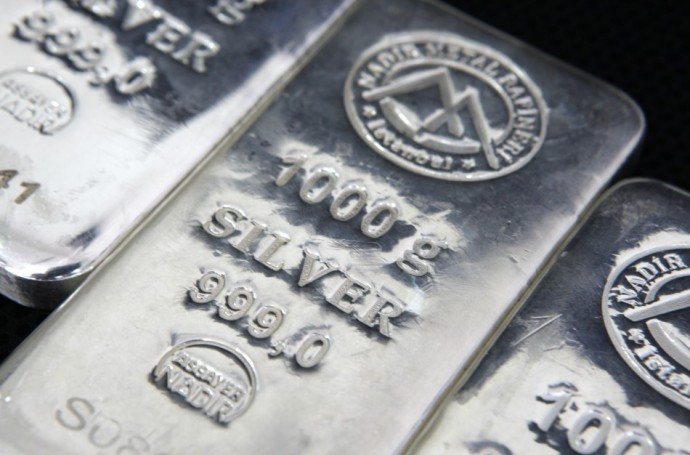Commodities round-up: Silver near two-year high as oil recovers on supply outages
Silver futures cap $20 an ounce while supply outages help oil prices recover.

Silver futures remained above $20 an ounce on Tuesday (12 July), capping two-year highs on the back of hedging calls by traders, while oil prices reversed declines following tanker loading issues in Iraq.
At 2:53pm BST, Comex silver futures contract was up 0.55% or 11 cents to $20.42 an ounce; the highest on record since 28 July, 2014, according to Bloomberg data. By contrast, Comex gold futures shed 0.8% or $11.50 to $1,345.10 an ounce, as profit taking dragged the yellow metal lower.
Bolstered by hedging demand, silver is up 45.8% on the year compared to a gold price rally of just above 24% this far into 2016. While silver is slower to move, some analysts suggest the current rally could see it test $25 an ounce, as it continues to outperform gold.
Nikolas Xenofontos, director of risk management at easyMarkets, said: "The dramatic rise in precious metals following the Brexit vote is attributed to expectations for continued low rate stimulus by the US Federal Reserve.
"Britain exiting the 28-member EU all but guarantees that the Fed will not raise interest rates anytime soon. It also means the Bank of England is likely to ease monetary policy in the short term."
Meanwhile, a relatively weaker dollar, in tandem with tanker loading issues in Iraq, fear of renewed hostilities in South Sudan and another militant attack in Nigeria, helped oil futures gain some of the ground lost on Monday.
At 3:00pm BST, Brent front month futures contract was up 2.77% or $1.28 to $47.53 per barrel, while West Texas Intermediate was 2.26% or $1.01 higher at $45.77 per barrel. Despite the uptick, most in the market deem it to be little more than a temporary reprieve as demand outlook remains uncertain.
Earlier in the trading session, the Organization of Petroleum Exporting Countries (OPEC) said global oil demand will rise by 1.15m barrels per day (bpd) in 2017; a marginal slowdown from growth of 1.19m bpd in 2016. Concurrently, Saudi Energy Minister Khalid al-Falih acknowledged there are still "hundreds of millions of barrels of surplus oil" on the market.
Speaking to German business daily Handelsblatt, al-Falih said: "There are still excess stocks on the market. It will take a long time to reduce this inventory overhang."
The Saudi minister also said the oil industry needed a price above $50 per barrel to sustain investments and fresh exploration, but the crude glut was preventing that sustainable level from being achieved.
© Copyright IBTimes 2025. All rights reserved.





















